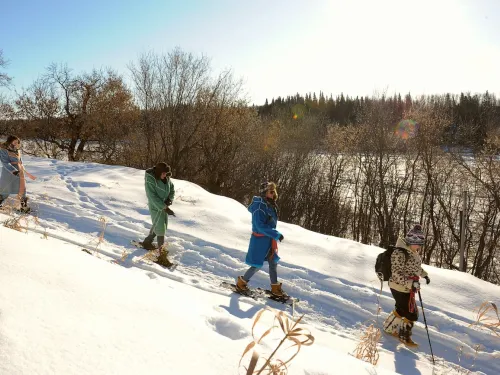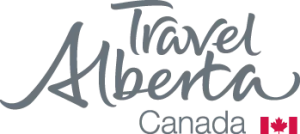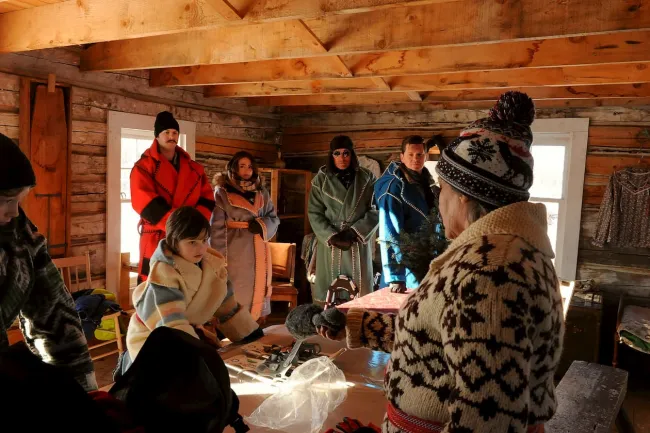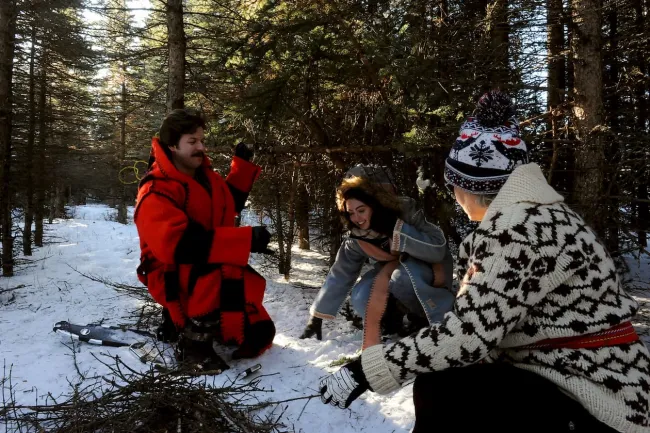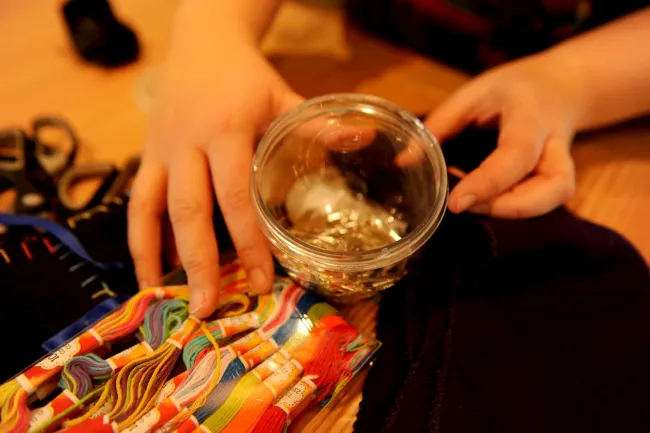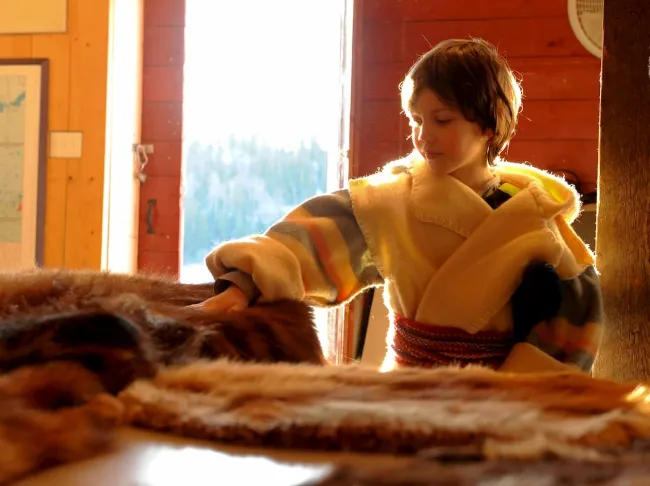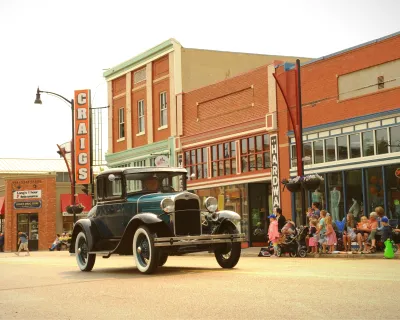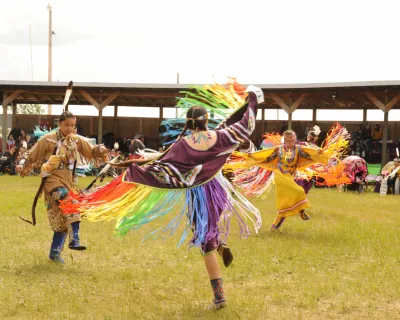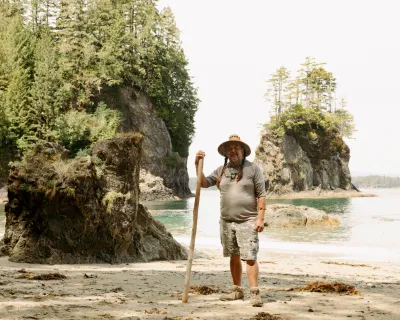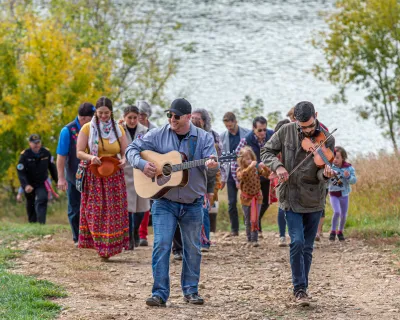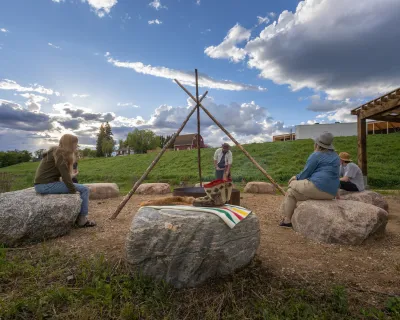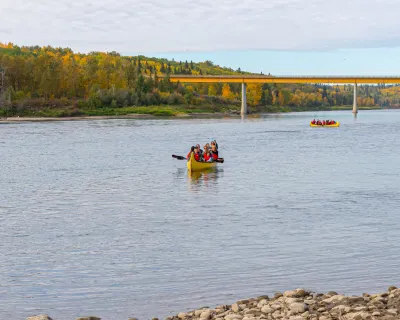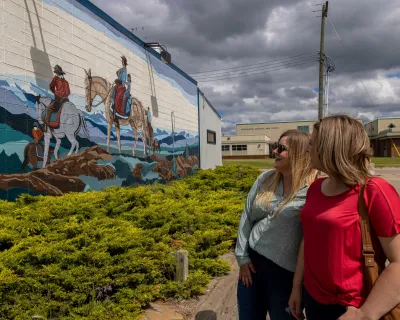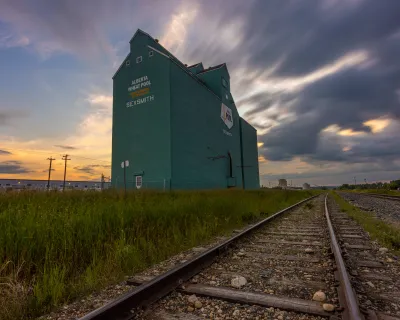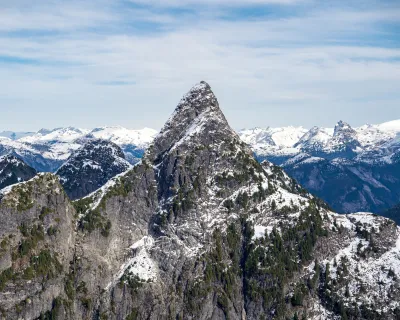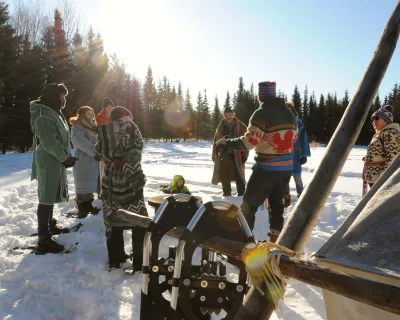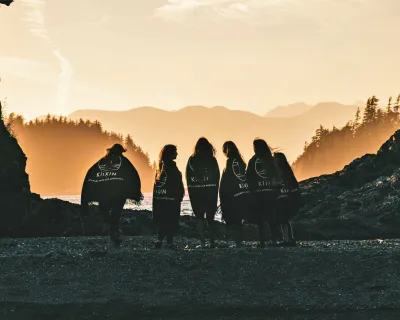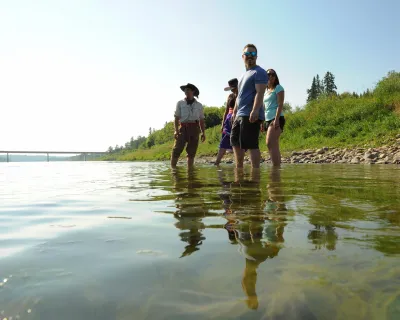Come walk in the footsteps of the trapper's life at Métis Crossing
Jeremy Derksen
Using a length of coiled wire and a dead aspen branch, Lilyrose Meyers demonstrates how to set a snare between two spruce trees, their trunks littered with the telltale reddish-brown, loamy detritus of a squirrel midden. The low lying sun speckles the naked winter forest at her feet.
Her audience of eight ranges from seven to about 60 years old, all of us here for the day to learn about Métis heritage and trapping. It’s a skill she honed over 30 years spent trapping in northern Alberta.
Discover a fascinating heritage at Métis Crossing
Plan your trip today...
For Lilyrose, trapping represents not just a livelihood but a way of life. With the decline of the industry in recent decades, she sees that way of life disappearing, and with it, the positive effects it can have on ecosystems.
“It all comes down to management. The land is important to us, it’s a live thing — it changes. The trees ... the animals ... you have to look after them,” she says, in a humble tone. “That has always been very important to the Métis trapper.”
Lilyrose shows how a snare is set in the forest, a way of life for 19th-century trappers.
And that is why she is so passionate about sharing her experience, through the new “Tales from the Métis Trapline” program at Métis Crossing, on the ancestral lands of the Victoria Métis Settlement, just 1.5 hours from Edmonton.
Like 19th-century trappers, our day starts by a warm fire, before getting fitted out with capotes (traditional Métis winter coats) and sashes. Passing through a large red barn and then an old log cabin homestead, Lilyrose shares the story of Métis life through a selection of furs, maps, trapping heirlooms, Métis artifacts, and her own personal anecdotes, before showing us the contents of her own survival pack.
Lilyrose talks about the gear a trapper depended on like wool socks stay warm.
An economy of both speech and movement underlies her presentation, derived from years of practice. Old tobacco cans are hard to come by nowadays but make great emergency camp stoves. Old wool socks are still best for warmth and keeping moisture away. Still, modern ingenuity has its benefits, like compact emergency blankets and multi-tools. In the indigenous way, the trapper way, there is no waste, everything has its use.
Once packed, it’s time to grab snowshoes and head out. Our path passes the aforementioned midden, along a moose trail and on to a trapper’s tent. On arriving here, we are told that being able to find or build a quick shelter is an essential trapper skill —and now it’s our turn. With saws, hatchets and bare hands, we work with the forest deadfall to build primitive lean-tos.
Trappers built lean-tos from forest deadfall, a skill you'll learn at Métis Crossing.
Having set our hands to work, we return to the hearth in the main lodge smelling of snow and pine, our senses firing. In the afternoon our hands are employed again, this time in crafting a traditional Métis pouch. Stories are shared around the table but in low, contemplative voices. Being on the land, seeing it through Lilyrose’s lens, has affected our moods.
Guests will learn how to make a trapper's pouch during the full-day program.
“There’s something about this place that has a healing effect,” she says. “I want people to remember what it’s like to walk in their ancestors' footprints, to play in the snow again, see tracks of animals, feel that connection back to the land. It’s like home to me.”
At its essence, this is true for us all, but traffic, crowds, the sensory overload of modern life, conveniences available at the click of a mouse, can drown us in urban amnesia. Lilyrose has just the remedy.
“Come walk with me,” she says, “it’s a journey you won’t forget.”
When You Go
The Tales from the Trap will be open to the public beginning Feb. 15. Check out the Métis Crossing Facebook page to get all of the details on their next event on March 21.
Metis Crossing is a 1.5 hours' drive from Edmonton, about 2.5 hours from Lloydminster and 3.5 hours from Fort McMurray.
